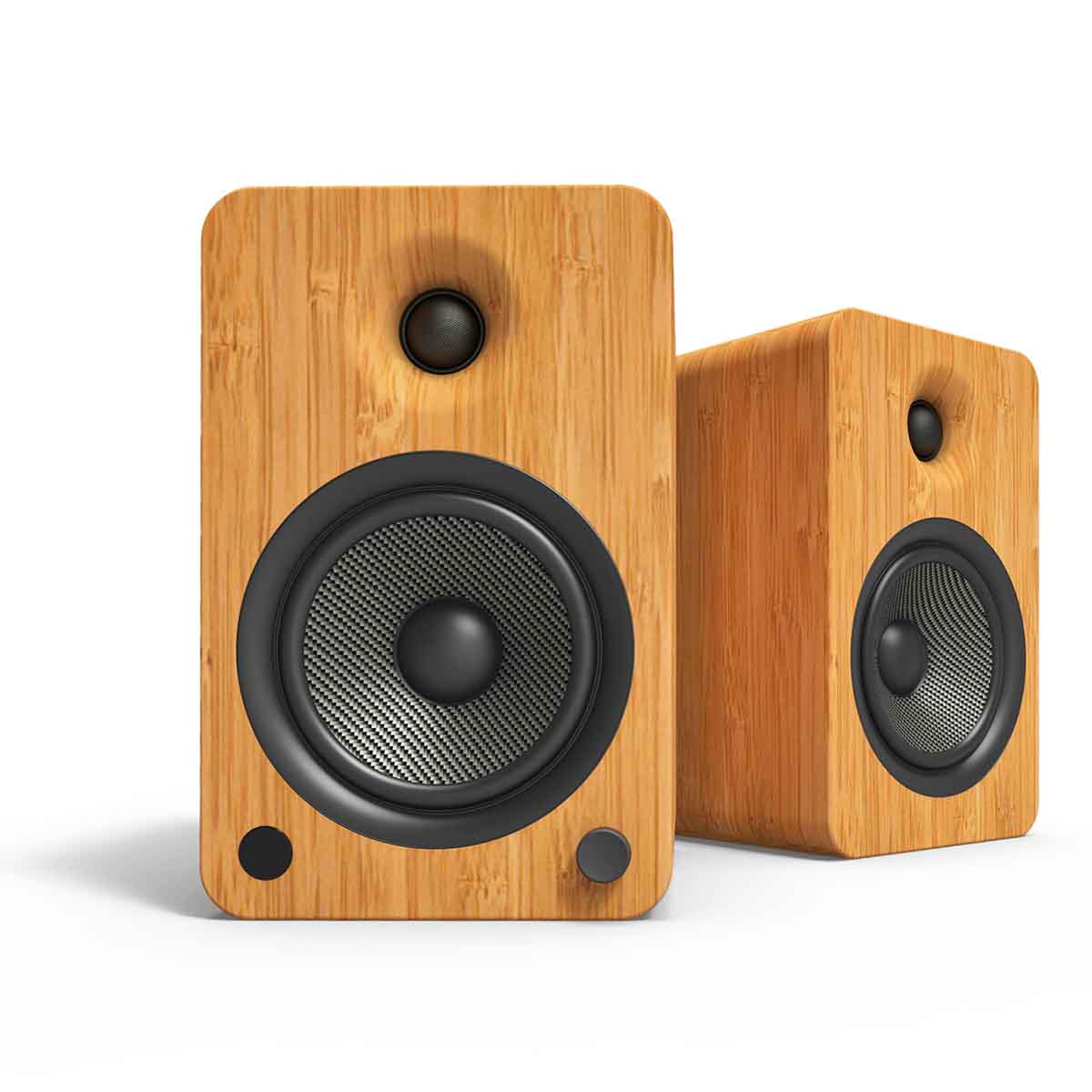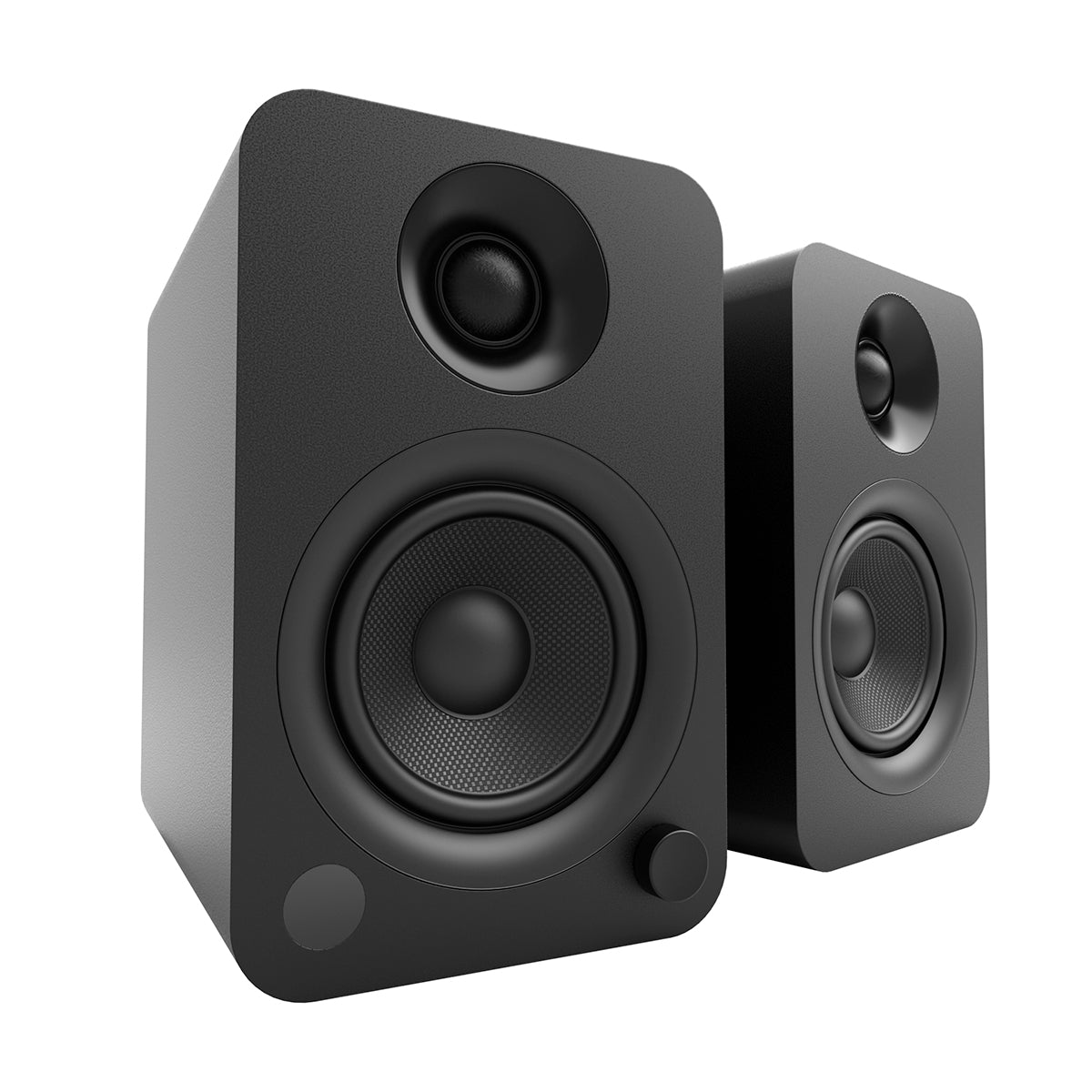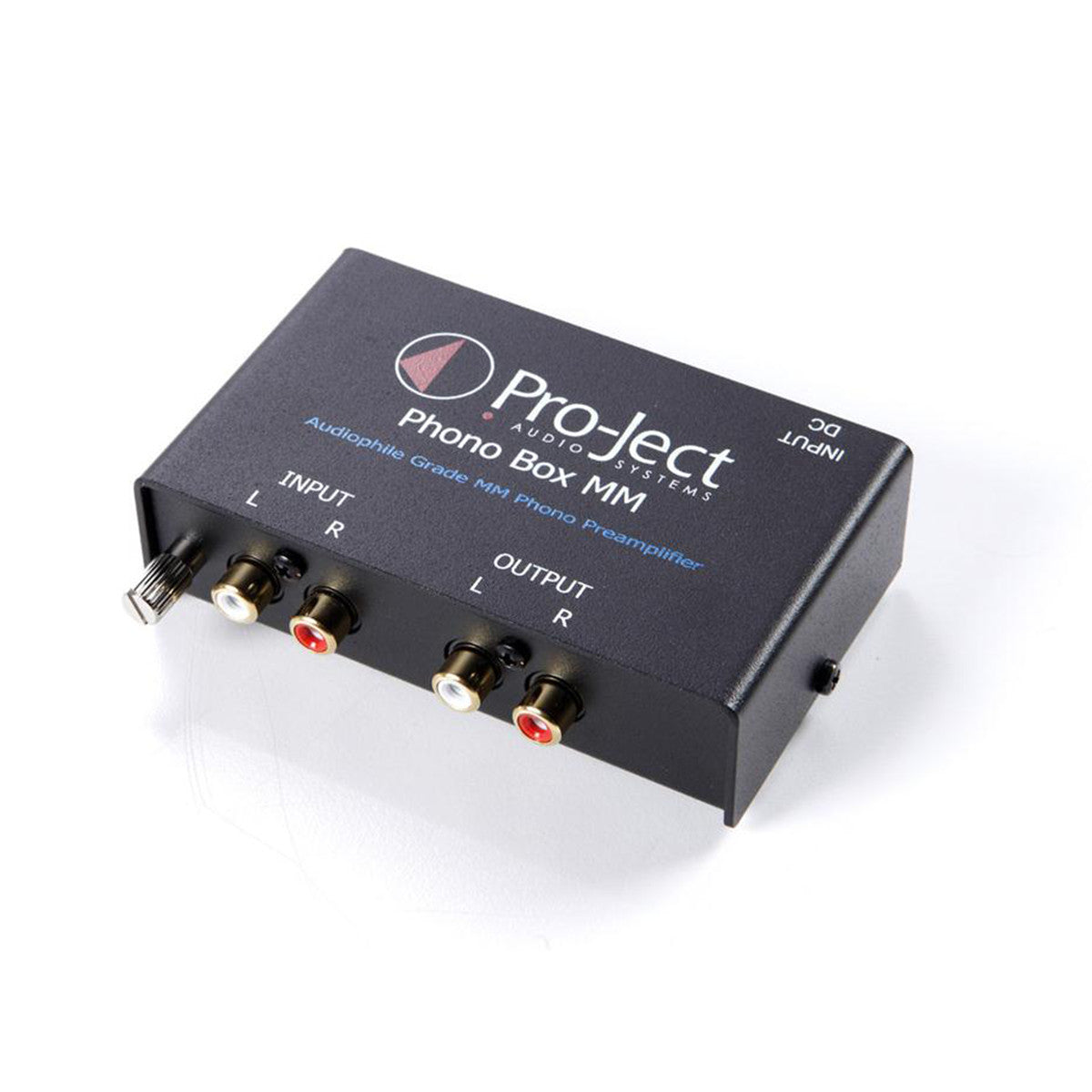
With the resurgence of vinyl over the last several years, a whole new generation is getting into turntables. With so much “plug and play” technology, we find that people who are younger or have never used a turntable before expect that a turntable will just play, or at least simply connect to their existing stereo system or speakers.
The signal coming out of the cartridge on your turntable is around 1,000x lower than the signal coming from a CD player or a streaming device. In order to hear music from vinyl through your speakers or stereo system, you first need to boost the signal.
This is where a phono preamplifier comes in.

A phono preamplifier, also known as a phono stage, is an audio component that amplifies the signal from your turntable to a level that allows you to connect it to your sound system the same way you would with any other audio source.
Another important job of a phono preamp is to apply the RIAA equalization curve to the signal, reverting it back to the shape it was on the original recording, but if you’re just starting out, this may be a bit deeper than you need to go right now. The most important thing to know is that you will need a phono preamp in order to enjoy your vinyl records.
Phono preamps come in all kinds of shapes and sizes. In fact, some are even built into components. While more serious audio enthusiast typical lean toward having a separate phono preamplifier, how much of a difference it makes will largely depend on the rest of your system.
Before you decide to browse through our curated selection of phono stages, make sure you don’t already have one! You can always come back and upgrade later to improve the sound.
First, let’s start with the obvious. If you have what looks to be a random box with one set of inputs, one set of outputs, a little ground screw, and it is labeled phono, you’re in luck! You have a phono stage.
Some newer turntables come with a phono stage built in. There is no real rhyme or reason to which tables have one built in. We’ve seen very inexpensive suitcase turntables with built-in phono stages, but they’re also included in high-performance tables including the Shinola Runwell and the VPI Player.
If you already have a turntable but aren’t sure, just try it -- you won’t hurt anything. If you connect your turntable up to your system and the volume level is fine with no distortion, you have a turntable with a built-in phono stage.
If you are using a vintage receiver or amp manufactured before around 1980, it is highly likely that the phono section is built in. The big clue to look for is on the back of your unit, where a set of left and right input connections will be labeled phono with a ground screw next to them. Most newer amps and receivers do not have a phono preamp built in.
We have seen some receivers that have an input labeled phono, but it is actually just labeled that way for convenience and does not have a phono preamp—just the label. These will not have the ground screw.
Again, just like with one built into your turntable, if you connect things up and everything sounds fine, then you have a built-in phono preamp. Remember to connect the ground wire from your turntable if it has one as well.
Over the last several years, a new category of high-quality powered speakers have entered the market. They can be used as small bookshelf systems, desktop computer systems, and more and more frequently, as a part of a vinyl playback system. Some of them even come with a built-in phono stage.

Kanto YU4 Powered Desktop Speakers - Pair
$329.99

Kanto YU6 Powered Bookshelf Speakers - Pair
$399.99

Kanto YU Powered Desktop Speakers
$229.99
There are two types of phono preamps. Why is this? Well, there are two basic categories of cartridges that go on your turntable. You may have seen references to MM (moving magnet) or MC (moving coil). Most turntables that come with the phono cartridge have a moving magnet (MM) type. A moving coil type has less output than the MM type, so it needs even more amplification. If you upgraded your turntable’s cartridge, you may have gone with a moving coil design and will need a phono preamp capable of this extra boost.
The good news is, just about every single phono stage on the market that can handle a MC cartridge can also work with an MM cartridge. You will usually see a little switch to change between the two. If you were to connect a MC cartridge to an MM phono stage, the sound would be ok, but probably not loud enough. However, if you connect an MM cartridge to a MC phono input, the sound will probably be distorted.
If you are unsure what type of cartridge you have, you can check the manufacturer’s specifications which should tell you if it is a moving magnet or moving coil. Or just chat with us about your system and we’ll help you out!
To connect your phono preamp, you will need a set of audio cables. Take the left and right audio cables coming out of your turntable and plug them into the input jacks on your phono preamp. If your turntable has a ground wire, connect it to the ground post. Then, using a good set of audio cables, connect them to the output jacks on your phono stage and the other end to a set of inputs on your audio system. They can go into anything but a phono input.
If you are trying to rearrange your gear and the audio cables detach from your phono stage, you may be tempted to swap them out for longer ones. We strongly recommend that you keep your cables under 5 feet in length, the shorter the better. The reason is that the signal coming from your cartridge is very low. Longer cables provide more opportunities for signal loss or distortion.
When placing audio components, it’s important to remember that “hum” is not your friend. You can avoid hum by just following a few simple best practices.
First, do not place your phono preamp directly on top of anything with an amplifier in it. Those components will usually have a large power transformer that can emit a hum field that might be picked up by your phono preamp if it is not very well shielded. Ideally, you would not have it right beside a big power transformer either. If you lift up your amp or receiver, you will feel the weight on one side or the other. Look on the inside for a big metal object -- that’s a power transformer.
Power cables can also introduce hum. Never tie audio and power cables together for neatness. They should never be run parallel, but if possible, never cross at a 90-degree angle. This is extremely important for the cables coming out of your turntable.
Your phono stage is designed to accept signals that are very low in level. Never plug them into a component like a CD player. You risk damaging your components.
Some people also make the mistake of thinking they can upgrade a turntable that has a built-in phono stage by plugging those outputs into a better phono stage. You will only wind up either blowing it up or getting terribly distorted sound if you do this.
As vinyl lovers ourselves, we couldn’t be happier that vinyl listening is as popular today as it’s been in decades. If you’d like to learn more about turntables, take a look at our Turntable Buyers Guide. Our blog is also full of product reviews and helpful information.
You'll be among the first to know about product launches, exclusive online deals, and the hottest audio trends.




